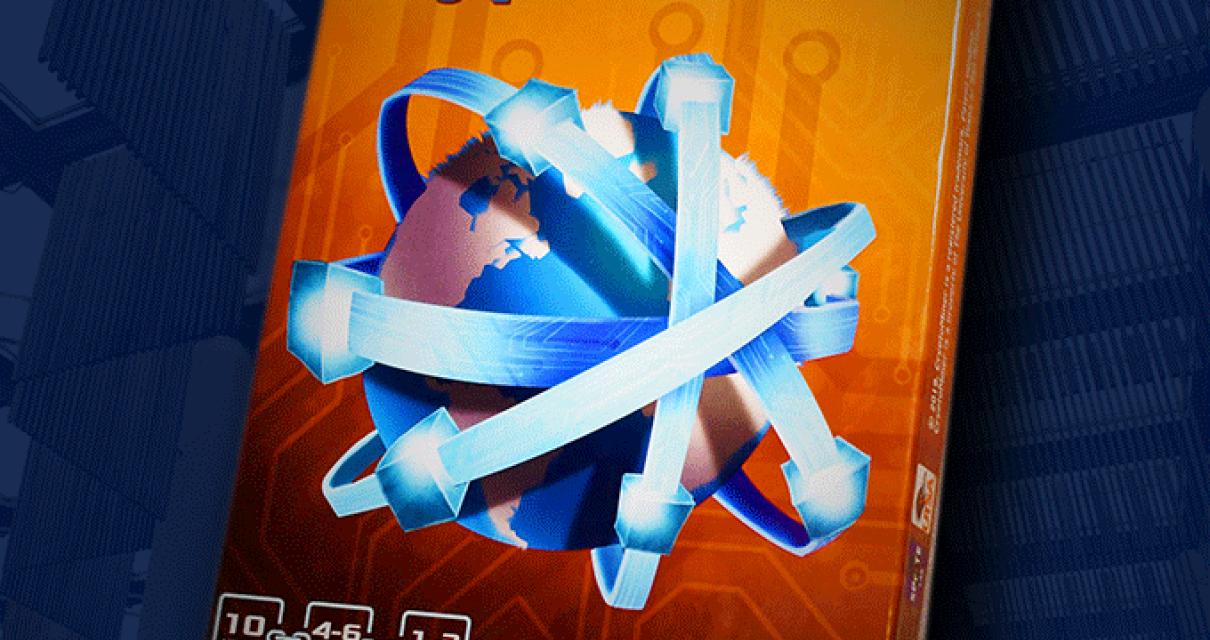What is blockchain computer science?
Blockchain computer science is the study of how blockchain technology can be used to solve problems in computer science.
The basics of blockchain computer science
A blockchain is a distributed database that can be used to securely store information. This database is made up of blocks, which are linked together by cryptography. Each block contains a list of records, called transactions, which are added to the chain as they are verified. This verification process is called mining. The blockchain is constantly growing as new blocks are added to it with a new set of transactions.
Blockchain computer science can be used to create applications that use the blockchain as a database. These applications can be used to store information, to create a tamper-proof record of transactions, or to make payments.
How blockchain computer science can benefit you
There are a few ways that blockchain computer science can benefit you as a developer. First, blockchain technology is built on a distributed ledger system, which allows for secure and transparent transactions. Second, blockchain technology can help to improve the efficiency and security of online transactions. Finally, blockchain technology can help to create new and innovative ways for businesses to interact with customers and partners.
The history of blockchain computer science
Blockchain computer science is a recent field that is still in its early stages. As a result, there is not yet a comprehensive history of the field. However, key milestones in blockchain computer science include the development of bitcoin, the first blockchain application.
Bitcoin is a digital asset and payment system invented by Satoshi Nakamoto. Nakamoto released the bitcoin whitepaper in 2008 and described it as a system for electronic transactions without relying on third parties. Bitcoin is unique in that it is the first decentralized digital asset.
In 2015, Ethereum was created as a decentralized platform for applications that run exactly as programmed without any chance of fraud or third-party interference. Ethereum is based on blockchain technology and allows for smart contracts and distributed applications to be built and run without any middle man.

The future of blockchain computer science
Blockchain computer science is a rapidly growing field, with a lot of potential to impact many industries. Here are some of the most important trends in blockchain computer science that we expect to see in the future:
1. More widespread use of blockchain technology
As blockchain technology becomes more widely adopted, we expect to see more applications developed that use blockchain technology. This could include applications that are used for transactions or data storage, as well as applications that use blockchain technology for other purposes, such as managing contracts or voting systems.
2. Advancements in blockchain algorithms
As blockchain technology continues to grow in popularity, we expect to see advances made in the algorithms used to create and manage blockchain networks. This could include improvements to the security and efficiency of these algorithms, as well as the development of new methods for incorporating blockchain technology into existing systems.
3. Continued development of blockchain-based applications
As blockchain technology continues to grow in popularity, we expect to see a number of new applications developed that use blockchain technology. This could include applications that are used for transactions or data storage, as well as applications that use blockchain technology for other purposes, such as managing contracts or voting systems.
The different types of blockchain computer science
There are three types of blockchain computer science: permissioned, unpermissioned, and hybrid.
Permissioned blockchain computer science is based on the idea that certain participants in the network need to be given permission to participate. These “permissioned” participants are typically known as nodes and are responsible for verifying and recording transactions. Unpermissioned blockchain computer science is based on the idea that anyone can participate in the network without needing permission. Hybrid blockchain computer science is a combination of both Permissioned and Unpermissioned blockchain computer science.
The advantages of blockchain computer science
The biggest advantage of blockchain technology is that it enables a more secure and transparent network. Transactions are verified by network nodes and recorded in a public distributed ledger called a blockchain. Bitcoin, the first and most well-known application of blockchain technology, allows online payments to be sent directly from one party to another without going through a financial institution.
Another advantage of blockchain technology is that it can be used to create a tamper-proof record of events. This is especially important in the financial sector, where tampering with records can result in financial losses for businesses and individuals.
Finally, blockchain technology can help reduce the cost of transactions by eliminating the need for third-party verification or settlement.

The disadvantages of blockchain computer science
There are a few potential disadvantages of studying blockchain computer science. First, blockchain technology is still relatively new and may not be well understood by many people. This could make it difficult to find a job or find collaborators when starting a new project. Second, blockchain technology is decentralized, which means that there is no central authority or coordinator responsible for managing the network. This could lead to problems if the network becomes overloaded or if there is a dispute over who should be responsible for resolving a problem. Finally, blockchain technology is not always easy to use, and some people may find it difficult to understand or navigate.